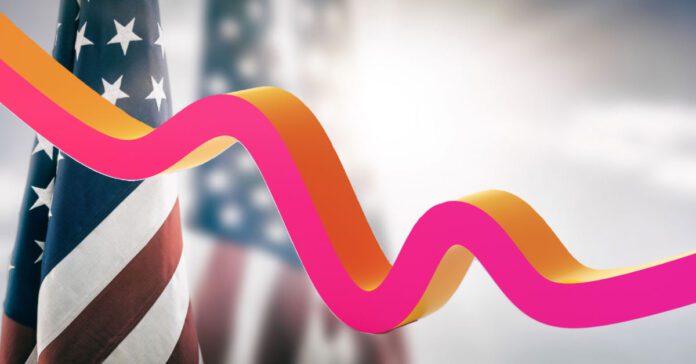U.S. Economy slow Growth and Inflation rises concern: Recent blog by Outreinfo
The first quarter of 2023 was a difficult one for the American economy. According to the Bureau of Economic Analysis, real GDP growth fell to 1.1% on an annualized basis, reflecting increasing U.S. Economy slow Growth and Inflation rises concern. Economists predictions of 2.0% and falling drastically from 2.6% in the previous quarter. This was the slowest pace of growth since the second quarter of 2020 when the economy shrank because of the epidemic. Lower consumer spending, poorer business investment, and a growing trade imbalance were the primary causes of the recession.
Slower Economic Growth and Rising Inflation
The economy grew at a slower pace than projected, which disappointed many who wanted the Fed to cease rising interest rates. The Personal Consumption Expenditures (PCE) Price Index measures how many people spend on goods and services. It shows that inflation was greater than the Fed liked, and they may have to keep hiking rates to keep it under control.
Concerns of Stagflation
This slow growth was traditionally regarded as an essential approach to prevent inflation. When coupled with persistent or rising inflation. It raises concerns about stagflation—a harmful mix of poor growth, high unemployment, and high inflation. Stagflation is one of the worst economic circumstances since it limits policymakers’ options.
Elevated Inflation Challenge Policymakers
The current environment of decreasing growth and high inflation raises worries about the difficulties policymakers may encounter in devising effective ways to restore the economy’s momentum. Balancing the need for economic stimulus while keeping inflation under control would need careful study and monetary policy modifications.
To read more research paper on new hot topics – Click here

